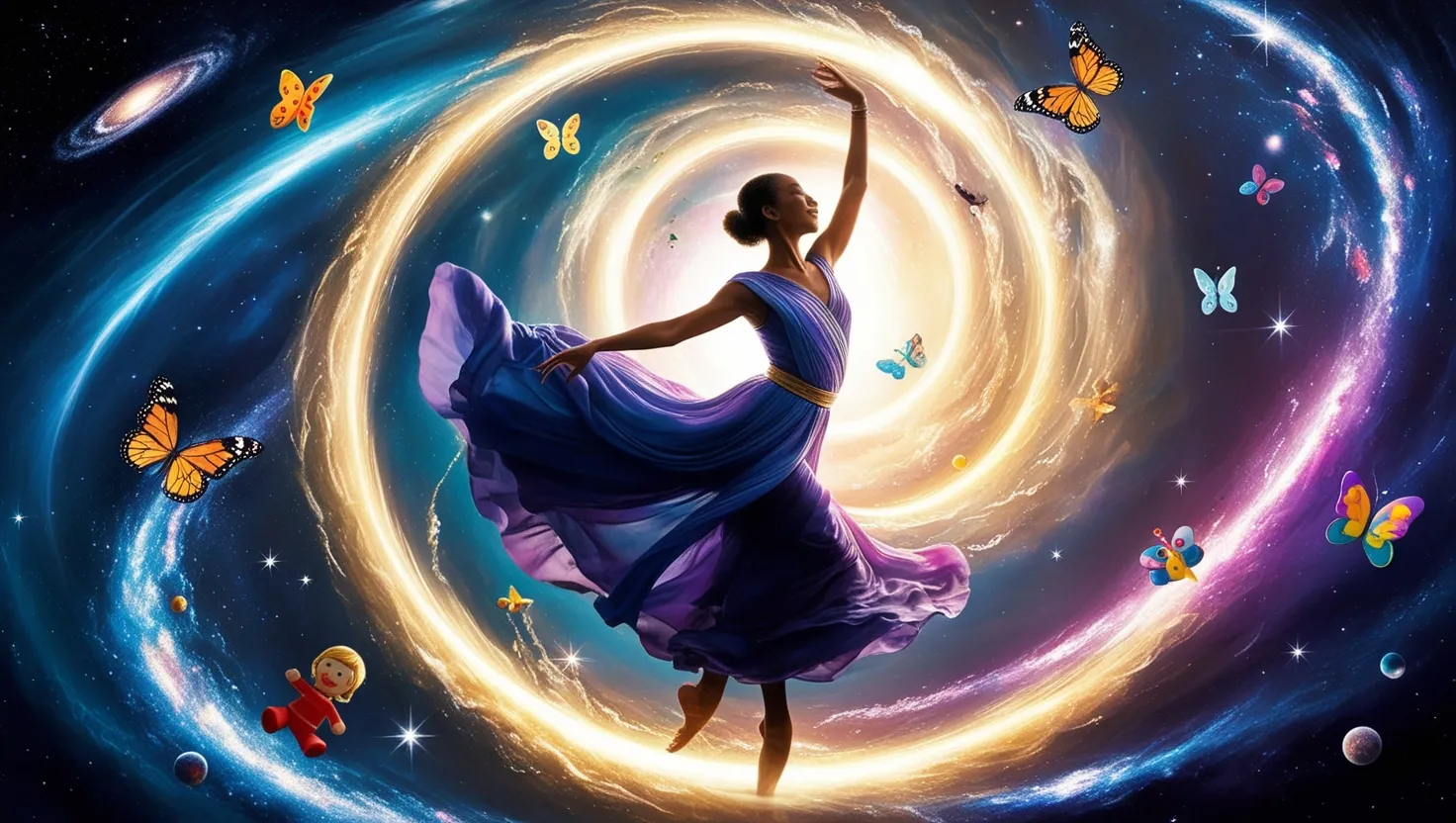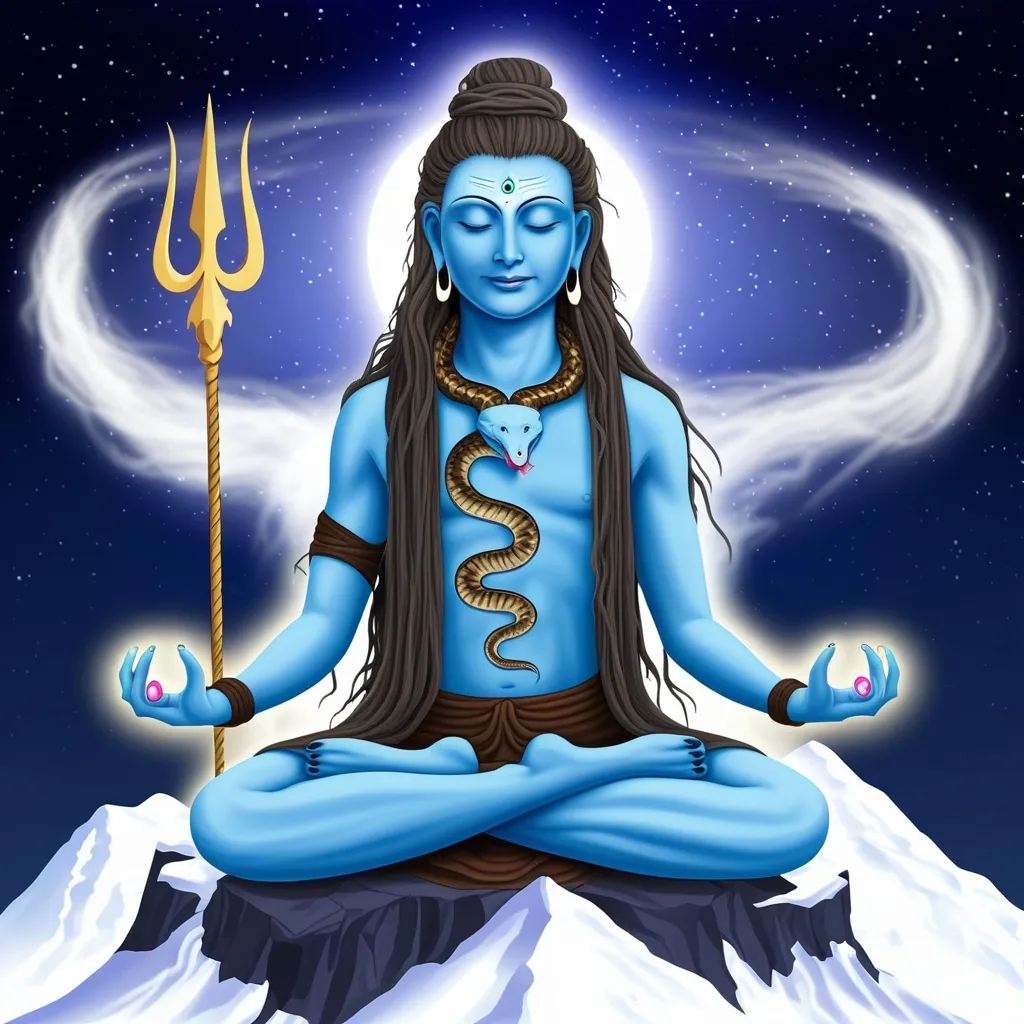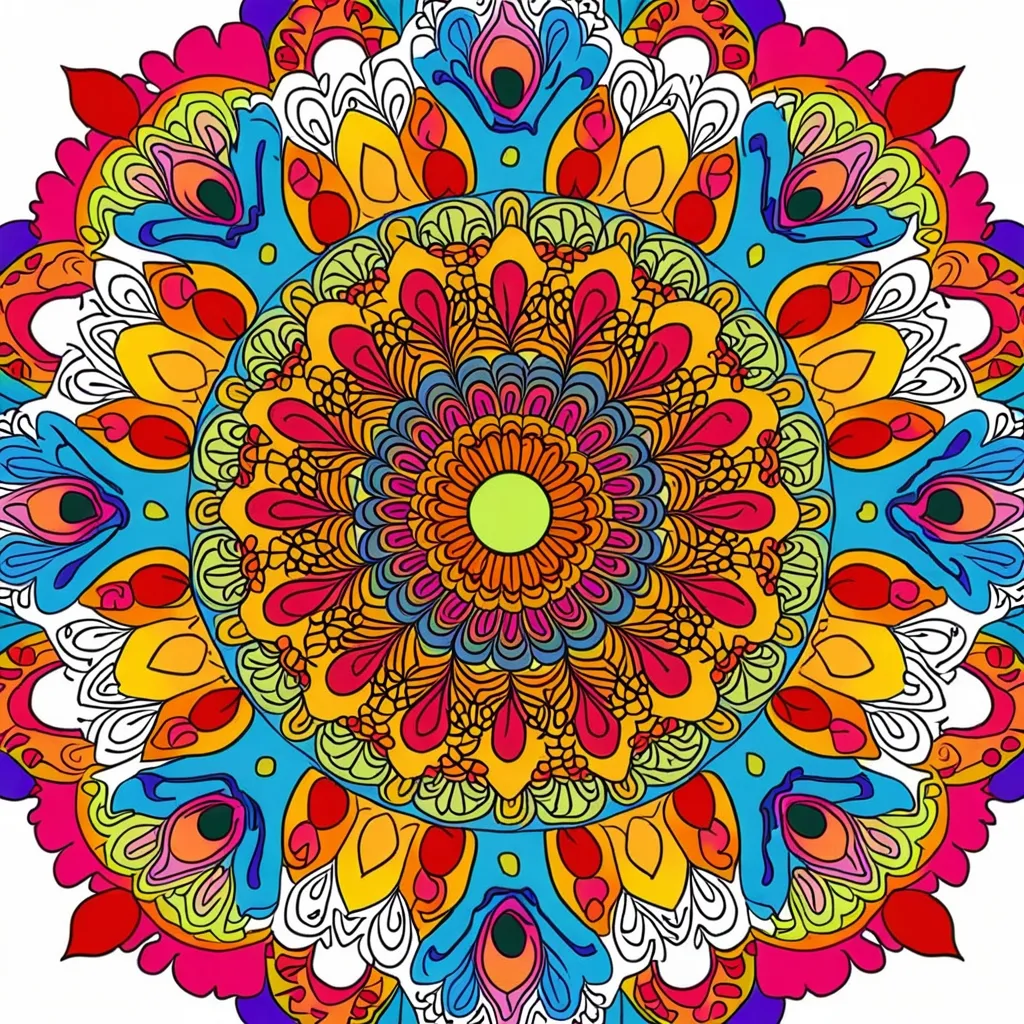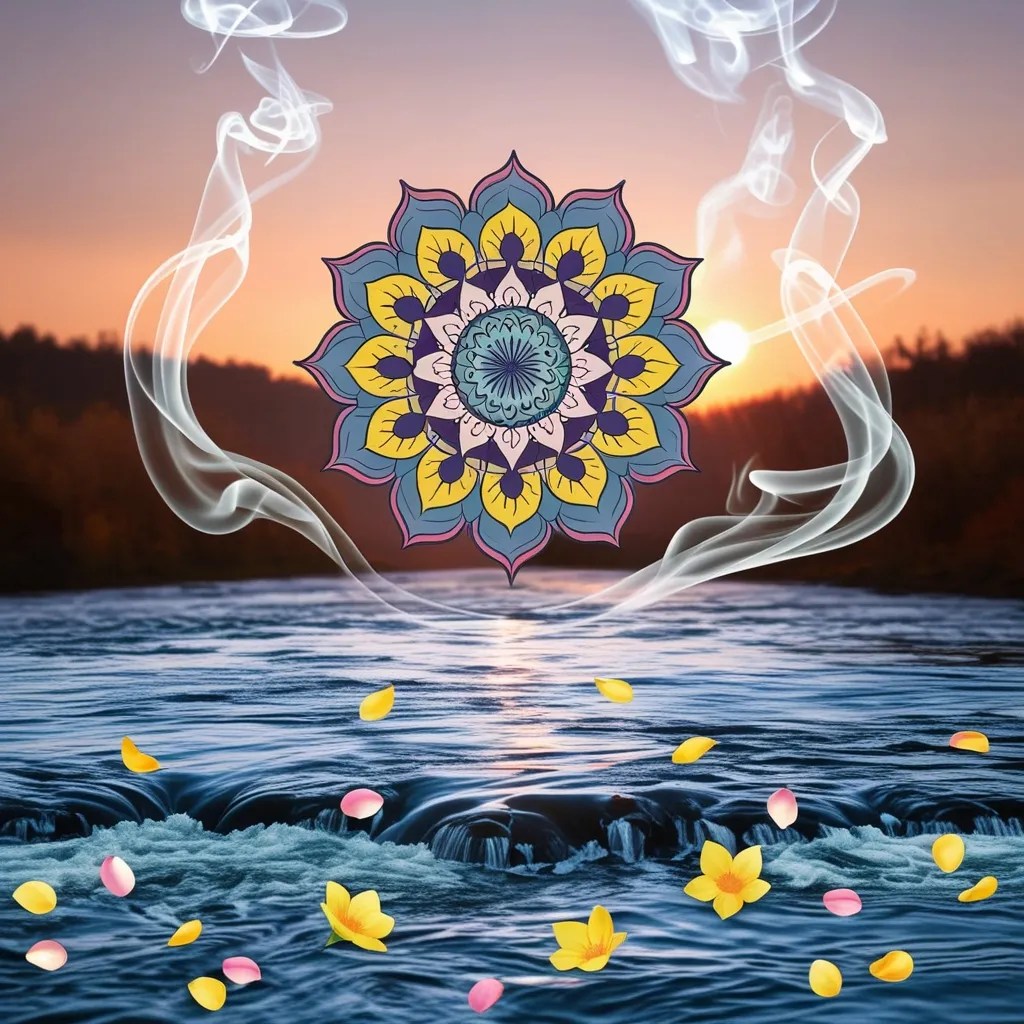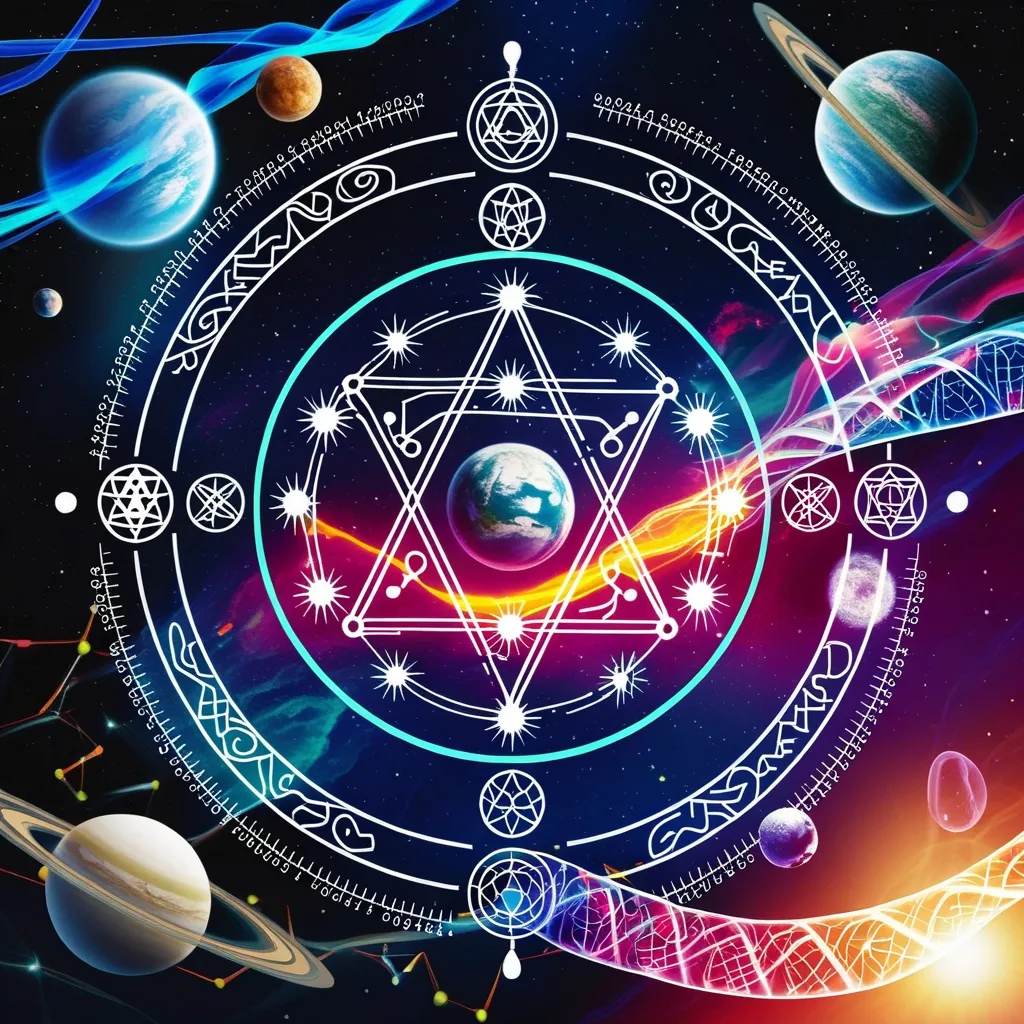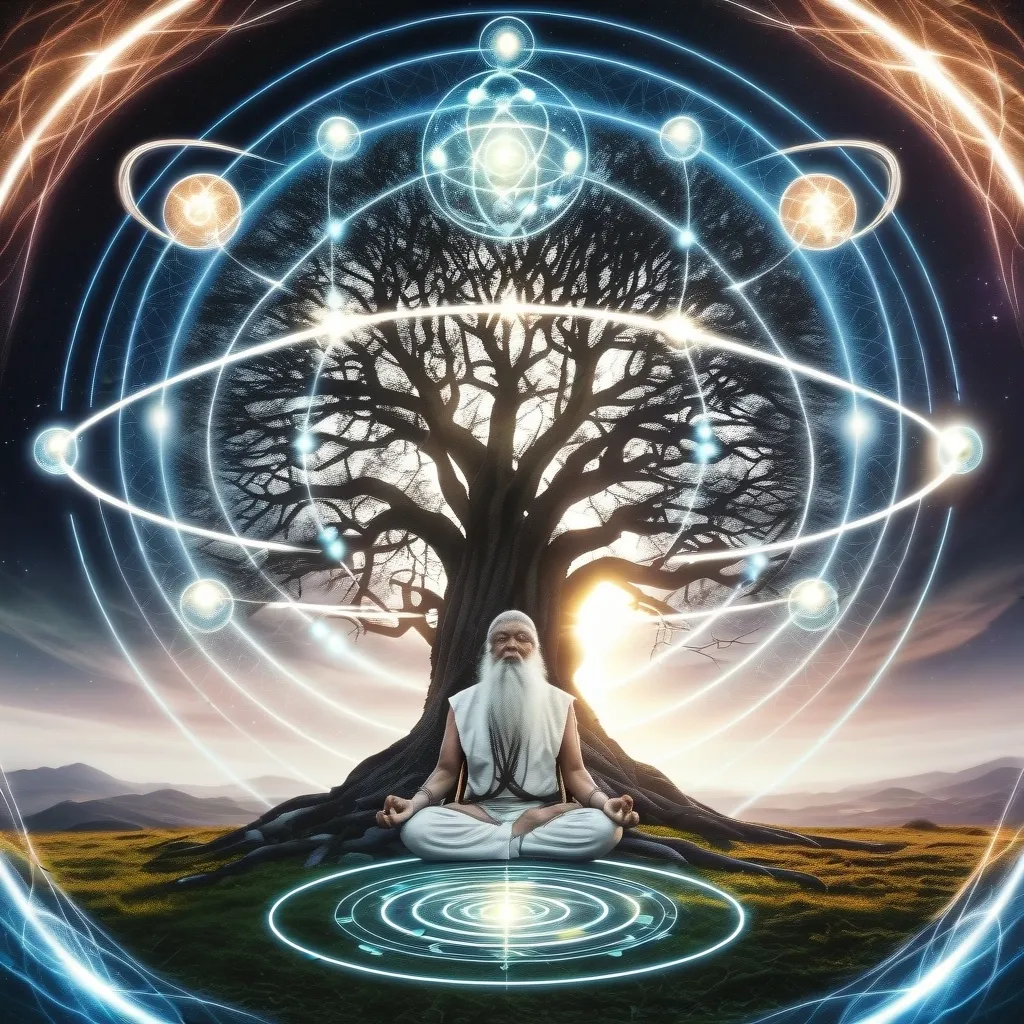If you had told me that existence itself might be best pictured as cosmic play, I probably would have laughed it off years ago. Yet, here I am, drawn into the compelling world of Lila—a Sanskrit term hinting at the universe as the divine’s game. The more I explore this idea, the more I see that within the grand tapestry of Hindu cosmology, Lila offers a perspective at once playful and profound, freeing and sobering, ancient and surprisingly modern.
What if all of reality is not the outcome of necessity or the result of some deep cosmic need, but simply the overflow of an infinite joy? Imagine the universe as Brahman’s self-expression, not a test or a classroom, but a playground. The Upanishads speak of creation emerging from delight over lack—something subtly radical. We tend to assume that every action, even God’s, must have an underlying motive or deficit. Lila gently sidesteps this. The universe, according to this vision, is not a grim business, but a spontaneous burst of creativity. Does this change how you view your own struggles and joys?
There’s beauty—and confusion—in thinking of perfection spawning imperfection without any compulsion. Hindu thinkers asked: why does a complete, infinite being bother with creating at all? Lila proposes that creation is its own reward. Play, after all, is marked by an absence of purpose beyond itself. Sports, music, children’s laughter—all echo this truth. In the cosmic scale, our existence could be part of an endless, joyous experiment.
Let’s pause and ask: what happens to our lives if we believe we are participants in this divine play, rather than spectators or unwilling pawns? I find this idea liberating. Not because it erases suffering, but because it allows one to frame pain and joy alike as themes in an immense story. If reality is pure play, do I have the courage to play along?
Famous sages have meditated long on this. As Swami Vivekananda wrote, “Life is the unfoldment and development of a being under circumstances tending to press it down, and the exercise of developed powers in raising itself to a higher state—this is life’s play, its drama, its romance.” The play metaphor packs a punch; it subverts the earnestness with which we often approach our goals and obstacles.
If you travel through Hindu traditions, you find Lila reflecting in rich and varied forms. In Vaishnavism, Krishna’s adventures, his laughter with the cowherd girls of Vrindavan, are not just legends—they are glimpses of the divine at play with itself through human stories. Strikingly, it isn’t the big cosmic battles, but the stolen butter, the dances, and loving pranks that devotees cherish. Could these playful moments carry as much metaphysical weight as solemn rituals or austere meditation?
Turn to Shaivism, and you’ll discover Shiva’s ecstatic dance. In these stories, creation and destruction are not grim duties, but part of Shiva’s dance—beautiful and untamed. Even the universe-ending Tandava is merely an aspect of this pulsating rhythm. Some Tantras see Shakti, the cosmic energy, as the dancer and the stage, the source and expression, performing for and as herself.
“When you realize how perfect everything is, you will tilt your head back and laugh at the sky.” This whispered line, attributed to the Buddha, circles back to Lila’s spirit. The idea isn’t to trivialize tragedy but to remind us that seriousness itself can be a posture—a necessary role in the drama, perhaps, but never the whole story.
I sometimes wonder: if we approached our daily routines as forms of Lila, how would our relationships change? Seen from this angle, even conflict becomes an expression of divine complexity rather than a senseless irritation. Work becomes less about achievement and more about creative expression, and even failure is part of the improvisation rather than a fatal defeat.
Mystics have always celebrated play as more honest than most philosophies admit. Kabir, the poet-saint, sang, “The play of love is begun; other players are mere puppets.” The point is not to diminish free will, but to foreground the joy and spontaneity at the heart of being itself.
Lila even finds unexpected echoes in the language of modern science. Quantum physics doesn’t offer us a rigid, clockwork universe, but a world built on uncertainty, probability, and surprise. The more we peer into reality’s smallest scales, the less determined, more playful it seems. Could the spirit of Lila be hiding in our understanding of electrons and cosmic inflation?
Let’s not forget cosmology’s revelations: the universe, far from static, is an expanding, unfixed process, born from an act that no one quite understands. Isn’t there a resonance here with the idea of existence bubbling up from sheer overflow, as Lila suggests, rather than from mechanical necessity?
These reflections aren’t mere intellectual exercises. For many seekers, Lila offers a gentle invitation to stop measuring life by wins and losses, to see participation as meaningful in itself. In a world plagued by anxiety and perfectionism, how revolutionary—and healing—it could be to root one’s identity not in results, but in play.
Rabindranath Tagore once wrote, “The butterfly counts not months but moments, and has time enough.” Lila also whispers: you have time enough, meaning enough, precisely because you are part of the divine experiment. The game is not about escaping the field or sitting forever on the sidelines.
Even within Hinduism, Lila takes on new shades. For some, it’s an excuse for quietism—a way to accept fate as it comes. For others, it’s a call to participate creatively, to dance one’s own dance with humility and with flair. I believe both approaches can coexist. Play always needs rules and improvisation.
There are even subversive aspects to this philosophy. Seeing everything as Lila can undermine rigid hierarchies, since everyone—beggar or king—becomes a player, not just a pawn. Stories of Krishna’s pranks with his friends, taking on roles that transcend caste and status, offer a lesson in equality veiled as mischief. How might our society change if we saw all roles as masks worn by the One player?
At its best, Lila does not trivialize suffering; it reframes it. Suffering is part of the play, and recognizing this can help us respond not with resignation but with curiosity and compassion—toward ourselves and others. As Ram Dass memorably advised, “We’re all just walking each other home.” Could we also be said to be playing home, and discovering who we are along the way?
Perhaps this is the heart of Lila’s relevance today. It offers an alternative to cynicism and to narrow, literalistic religion. Meaning isn’t handed down from above or inherent in structures; it bubbles up from the ongoing act of participation. I’m not called to be a passive observer, but to co-create, to improvise meaning with others and with the whole.
Some may say Lila is escapist, but I see it as a return to wonder. It asks: can you see your life as meaningful even without guarantees or final answers? Can you join the play and find meaning in the dance itself, rather than just its end?
If there’s a message I’d carry from this tradition, it would be this: Existence is creative, free, and never quite finished. You and I are both invited—compelled, even—to play, to dance, to experiment with meaning rather than collapse under its weight.
Maybe, when we dare to see life in this light, the universe is less a riddle to solve and more a stage on which we’re invited to lose ourselves, only to rediscover that we are not just pieces, but players. The game isn’t about winning—it’s about playing beautifully. And that, perhaps, is the finest goal of all.
